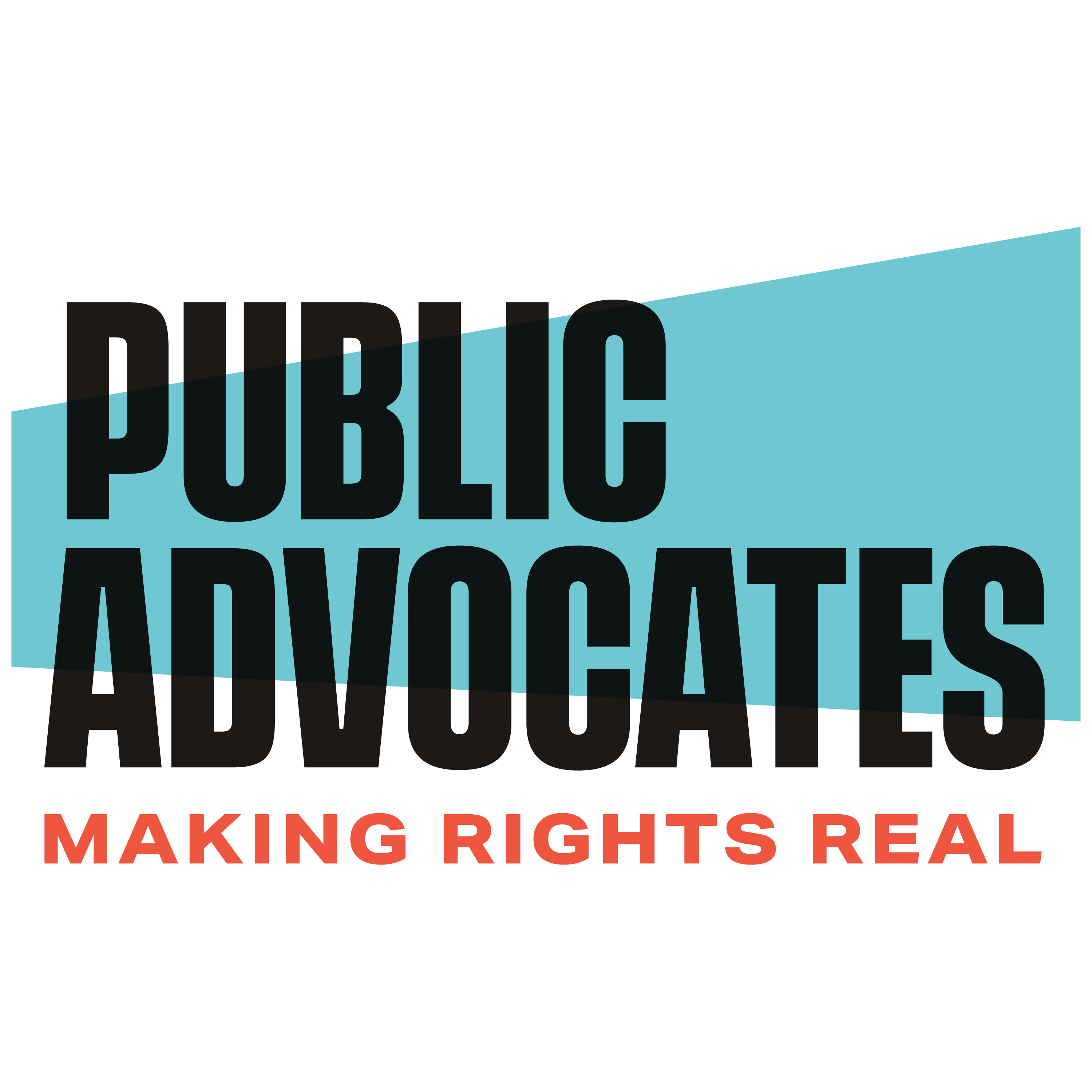FOR IMMEDIATE RELEASE
Contact:
Isabel Alegría, ialegria@publicadvocates.org or (510) 541-5428;
Rigel Massaro, rmassaro@publicadvocates.org or (707) 761-5672
San Francisco – A study of fifteen school districts released today by the public interest law firm Public Advocates Inc. reveals a trend of highly questionable reporting practices among school districts that serve less than 55% high-need pupils. This subset of districts serving fewer high need students comprises 41% of the total number of school districts statewide and together they receive more than $1 billion in supplemental funds generated by and intended to benefit these students.
Like all California districts, they are mandated by California’s school finance reform law to provide their high-need students with new or improved educational services and disclose to the public how they spend state funds these students generate. Among the top findings, Public Advocates revealed that one third of the districts sampled all together omitted tens of millions of dollars in supplemental funds from their 2015-2016 Local Control Accountability Plans (LCAPs) so there is no way to know how the funds are being spent or if they are reaching their intended target.
An example is Ventura Unified which omitted 80% of the supplemental funds ($6.6 million) it received from its LCAP. Public Advocates also found that the districts studied in the report — called here “non-concentrated districts” — are spending large amounts of supplemental funds district-wide without justifying these expenditures as the most effective use for their high-need students as required by the law. Known as the Local Control Funding Formula (LCFF), the law defines high-need students as low-income, English language learners or foster youth.
Roxanne Hoegger Alejandre, report co-author and volunteer attorney with Public Advocates explains how this practice in particular can significantly short-change high-need students. “We have the example of Orange Unified, a district that spends 79% of its supplemental funds district-wide,” said Alejandre. “In this district one school with only 11% high-need students appears to be benefiting similarly to a school across town with 96% high-need students. This isn’t what the law intended. Districts need to show that spreading the funds across the entire district is the most effective way to increase or improve services for high-need students but they aren’t doing it.”
California has 392 school districts that serve less than 55% high-need students, out of a total of 947 districts statewide.
“While we found at least one model district, sadly, most districts brazenly skirt their obligations to these students,” said Rigel S. Massaro, an attorney with Public Advocates and co-author of the report. “Our findings are doubly disturbing if you consider that though these districts have fewer high-need students, the ones they do have are vulnerable to being segregated and ignored because there are likely fewer adults advocating for them.” said Massaro.
Uncovering a trend of pervasive questionable practices, Public Advocates is urging the state, county offices of education, and local school communities to pay closer attention to how non-concentrated districts budget and spend supplemental funds. According to the authors of the report, this is particularly important as school districts embark on a new season of Local Control Accountability Plan updates.
The authors of the report also found that despite numerous challenges, there are a handful of non-concentrated districts’ LCAPs that stand out for their best practices and innovations. In the report, the authors highlight best practices in Alameda Unified, which stood out as most closely adhering to the letter and equity spirit of the LCFF law. Notably, in Alameda Unified, 24 out of 32 supplemental expenditures — or 83% of their total supplemental funds — are aimed directly at high-need students. This district also targets supplemental funding to eight out the ten highest need schools in the district. The authors also noted good practices in parts of San Jose Unified, San Juan Unified and San Mateo – Foster City Unified.
The report includes a set of recommendations intended to improve the transparency of how non-concentrated districts are spending supplemental funds.
Public Advocates Inc. is a non-profit law firm and advocacy organization that challenges the systemic causes of poverty and racial discrimination by strengthening community voices in public policy and achieving tangible legal victories advancing education, housing and transit equity. For more information, see www.publicadvocates.org.

